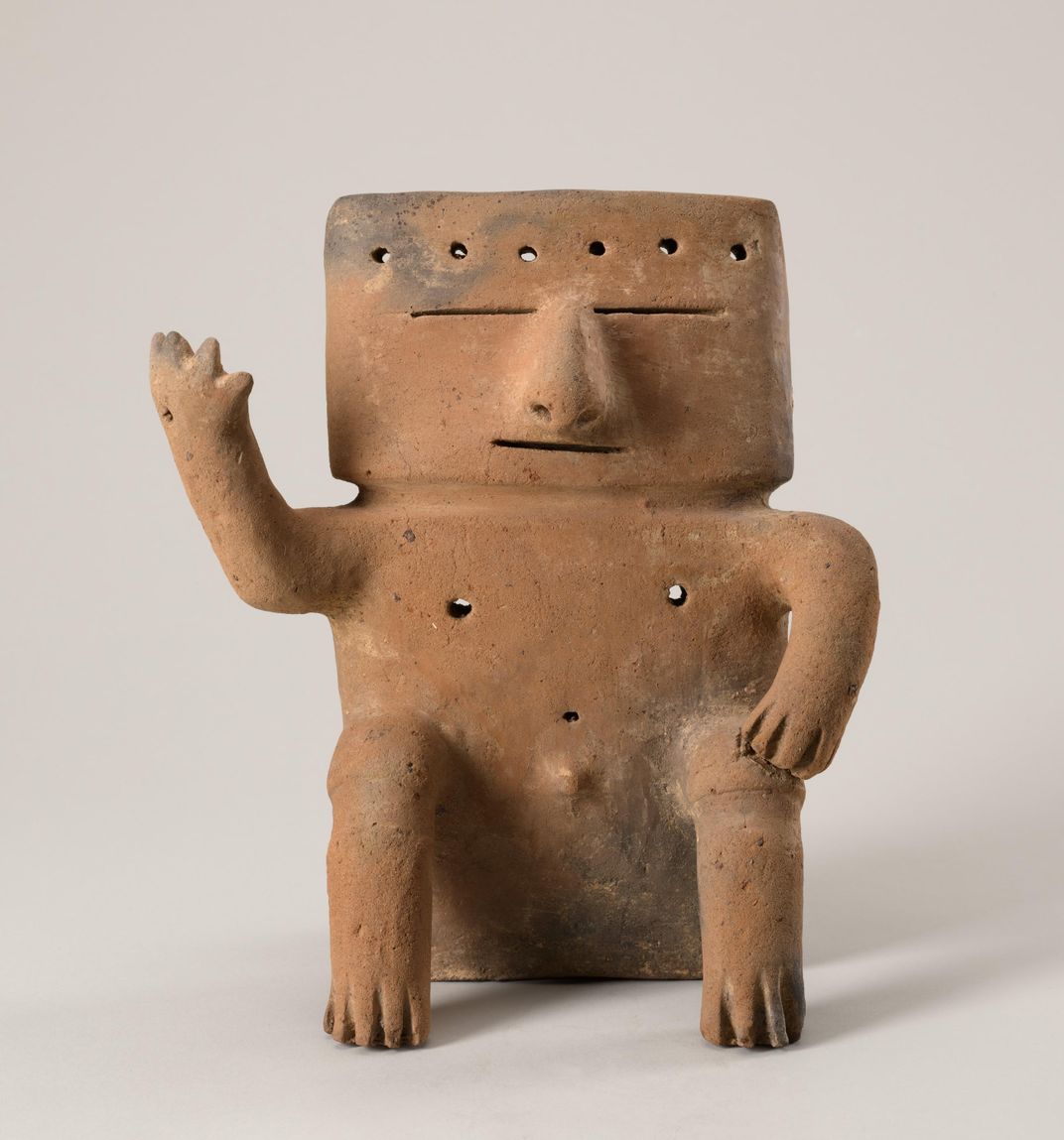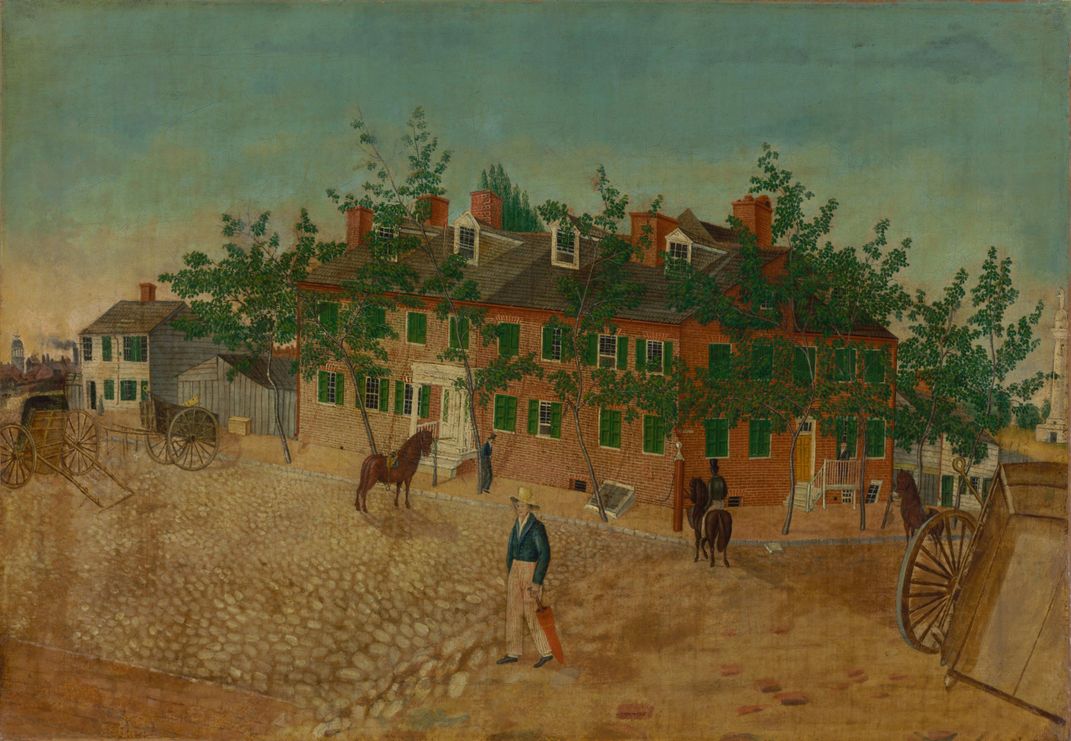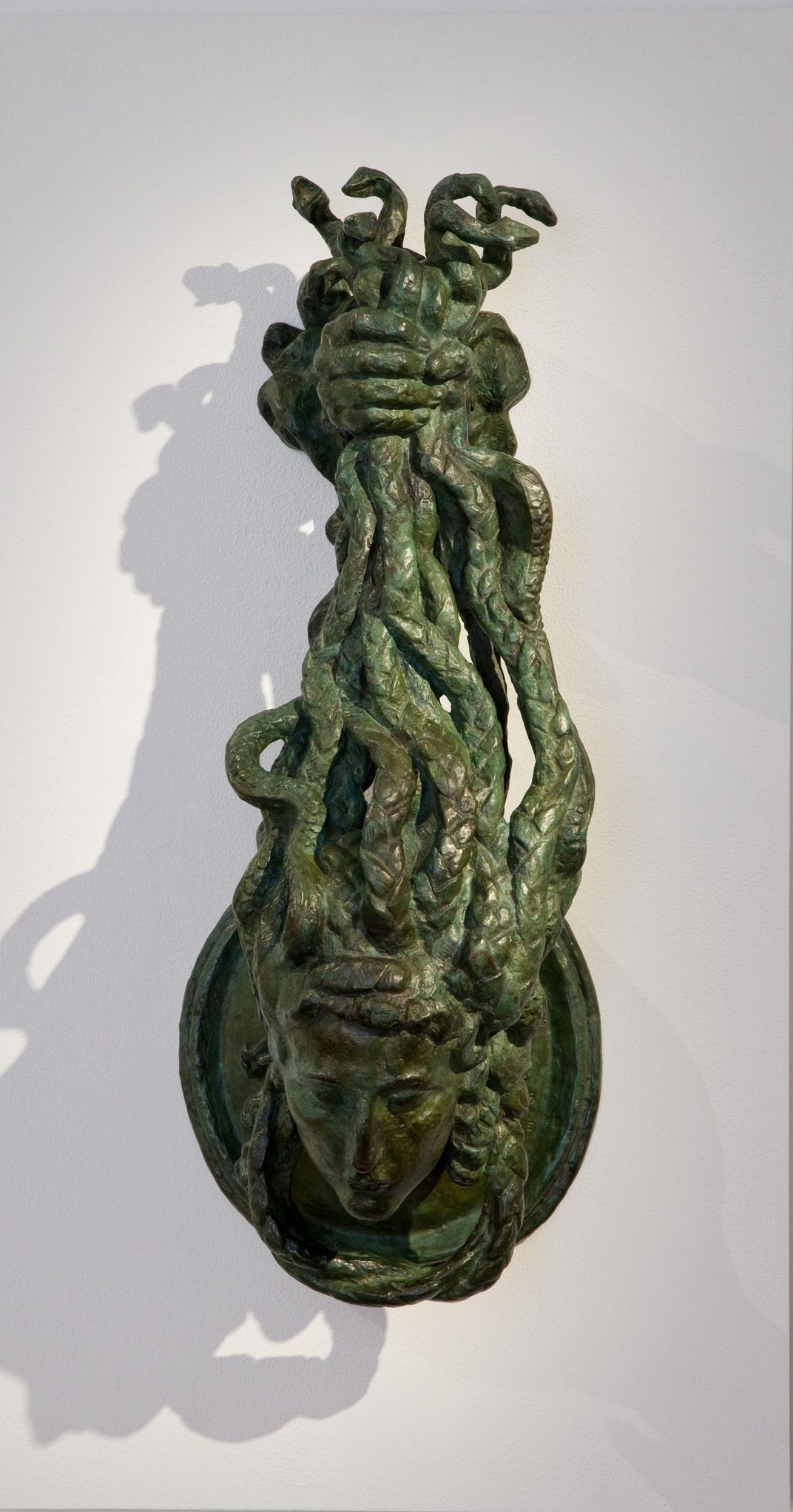Security Guards to Curate First-of-Its-Kind Exhibit at Baltimore Museum of Art
Opening in March 2022, the show will feature hidden gems inspired by personal stories
:focal(531x360:532x361)/https://tf-cmsv2-smithsonianmag-media.s3.amazonaws.com/filer/31/79/31795513-c55a-4441-8b2b-d9c8e412a513/homer_l19242516.jpg)
The Baltimore Museum of Art’s (BMA) newest guest curators are not who you might expect. Seventeen of the museum’s security officers, who spend day and night with the Maryland institution’s collections, are set to curate an exhibition—aptly titled “Guarding the Art”—opening in March 2022.
Featuring artworks chosen by the guards from some 95,000 artifacts held by the BMA, the show is poised to challenge the idea that professional curators alone are qualified to produce exhibitions, as well as further the museum’s ongoing efforts to prioritize diverse voices, reports Tessa Solomon for ARTnews.
“The vast majority of people have a relationship to creative production that is intimate,” BMA director Christopher Bedford tells ARTnews. “In a sense it’s an experimental show, but it’s also entirely sensible given the familiarity the guards have with the objects.”
Per a statement, a variety of eras, mediums and cultures will be included in the lineup, reflecting the unique interests of a group made up of musicians, chefs, writers and more. Officers will collaborate with museum leadership and staff, as well as art historian and curator Lowery Stokes Sims, to research the objects, plan installation designs, build a catalog and create public programming.
The show is still in early development, but so far, many of the selections are works that resonate personally with the guards but are often overlooked by the general public. One such example is House of Frederick Crey (1830–35) by local painter Thomas Ruckle. Officer Dereck Mangus selected the piece, which depicts Baltimore’s Mount Vernon neighborhood, including its famous Washington Monument, due to its personal significance.
“It’s a glimpse into an old Baltimore by a Baltimore-centric artist that most people have never heard about before, and it shows the neighborhood I live in,” Mangus tells Gabriella Angeleti of the Art Newspaper.
Another selection is Max Beckmann’s Still Life With Large Shell (1939), as chosen by Kellen Johnson.
“It’s a portrait of his second wife, Matilda, who was a violinist and gave up her career to support Beckmann and his painting aspirations,” Johnson, who has a background in classical singing and performance, tells the Art Newspaper. “His first wife was also an opera singer, and I felt that this painting reflected my own trajectory as an operatic singer.”
Other guest curators drew inspiration from their everyday experiences as museum guards. Alex Lei’s pick, Winslow Homer’s Waiting for an Answer (1872), shows a man and woman standing in a field, the air around them heavy with stillness.
“The Homer piece is one you may not notice until you stop moving, when you’re not distracted by showier works demanding your attention,” says Lei in the statement. “It’s a painting of people caught in a moment of waiting, noticed by those who stop and wait, and strangely reflective of the experience of being a guard—a job mostly made up of waiting.”
As Lei tells ARTnews, many think that museum security guards’ main job is to keep people from touching the artwork. At the BMA, however, officers spend most of their time answering visitors’ questions about the artwork and providing guidance on how best to enjoy the galleries on view.
“[T]his show will help change people’s perspective on us, and the art works at the museum,” Lei adds. “Security guards are literally against the background at museums. We walk by them, we know they’re there, but we don’t always realize that they’re more than just wall fixtures.”
A desire for greater publicity for underrepresented artists prompted one officer to select a seated male figure from the Quimbaya civilization in Colombia, per the statement. Other artifacts, like Émile-Antoine Bourdelle’s Head of Medusa (Door Knocker) (1925), were chosen based on interactions between the artworks and museum visitors.
“The security officers are guarding the art, interacting with the public and seeing reactions from visitors that most museum staff don’t have access to from our offices,” Stokes Sims tells the Art Newspaper. “I was struck and moved by the extraordinarily personal, cogent arguments that each officer made for their selection, which was so different from the intellectual and filtered approach that a trained curator would take.”
“Guarding the Art” will debut at the Baltimore Museum of Art in March 2022.
/https://tf-cmsv2-smithsonianmag-media.s3.amazonaws.com/accounts/headshot/tara.png)
/https://tf-cmsv2-smithsonianmag-media.s3.amazonaws.com/filer/d9/0b/d90bd2c2-4a4a-4d30-a0b2-2eec3a50d059/beckmann_195577_3.jpg)



/https://tf-cmsv2-smithsonianmag-media.s3.amazonaws.com/filer/4c/d4/4cd41df4-a27b-496f-b580-fa028d00360d/gilliam_1992131.jpg)
/https://tf-cmsv2-smithsonianmag-media.s3.amazonaws.com/accounts/headshot/tara.png)